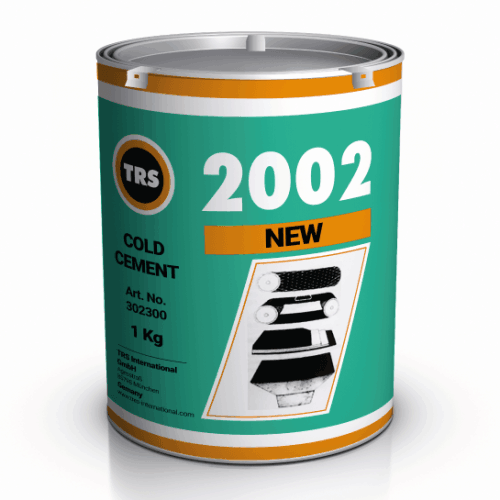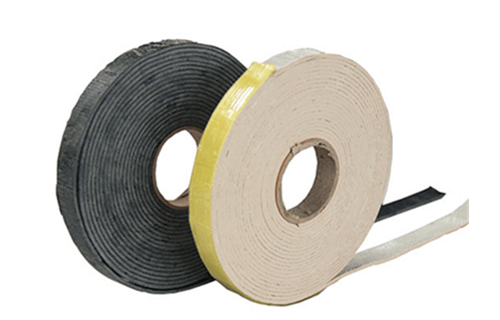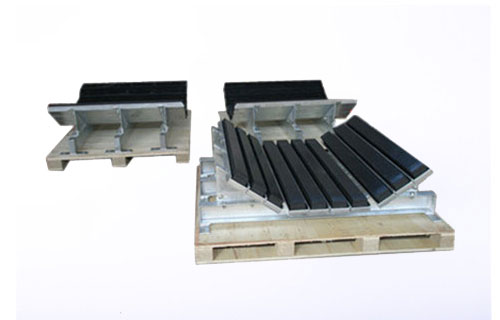This manual guides the procedures and precautions for hot vulcanizing conveyor belt splices, critical for ensuring conveyor belt splice strength and longevity, particularly in high-load, high-wear environments.
1. Preparation
1)Tool and Material Inspection
Equipment: vulcanizer, pressure pump, thermocouples, temperature controller.
Materials: Hot splicing materials (Uncured cover rubber and tie gum), hot vulcanizing solution, grinding tools (angle grinder, brush), cleaning agent. Auxiliary Tools: Blades, tape measure, isolation film (PET film).
2) Belt Condition Check
Inspect the fracture surface for smoothness. If uneven, re-cut using a stepped or angled joint design.
Remove oil, moisture, and residual rubber from the joint area. Ensure it is dry and clean.
2. Vulcanizer Setup and Calibration
1) Vulcanizer Installation
Select a vulcanizer size matching the belt splice length. Ensure upper and lower heating plates are parallel. Place a rigid platform beneath the belt to prevent uneven pressure.
2) Parameter Calibration
Set vulcanizing temperature (typically 140–150°C, refer to rubber sheet specifications).
Set vulcanizing time (30–60 minutes, depending on belt thickness and rubber type).
Pre-pressurize to 0.8–1.5 MPa and check for pressure system leaks.
3. Hot Vulcanizing Processing and Uncured Rubber Application
1) Surface Preparation
Stepped Splice Fabrication
Angle: 30°–45°.
Step length: ≥1/2 belt width (e.g., for 1000 mm belt, step length ≥500 mm).
Step offset: ≥50 mm between layers.
Use professional cutting tools (e.g., hydraulic cutter) to ensure smooth cuts without damaging fiber layers.
Grinding and Cleaning: Grind until 1/3 of the fabric fibers are exposed. Avoid over-grinding, which reduces strength; Clean with acetone (avoid oil-based solvents). Ensure thorough drying (use an infrared lamp if needed).
2) Adhesive Slurry Application (Bubble Prevention)
Slurry Preparation:
Dilute slurry per specifications (typically adhesive: solvent = 1:3). Stir until particle-free.
Apply thinly in 2–3 coats, with 10–15 minute intervals between coats (at 25°C).
Drying Check:
Touch the surface lightly; it should feel slightly tacky but not stick to fingers. Reapply if over-dried.
Rubber Strip Application:
Apply 1–2 mm-thick rubber strips at fabric layer gaps, extending 5 mm beyond step edges to reduce stress concentration.
3)Lamination and Pressing (Prevent Misalignment and Bubbles)
Lamination Direction:
Roll from center outward in a herringbone pattern using a rubber roller (pressure ≥5 kg/cm²).
Listen for a “squeaking” sound during rolling. This indicates air expulsion. The absence of sound suggests trapped bubbles.
Pressure Control:
Apply initial pressure of 0.5 MPa for pre-pressing, then increase to 1.0–1.5 MPa (adjust based on belt thickness). Check splice centerline deviation with a ruler (≤1 mm/m).
4. Vulcanizing Process
1) Heating and Vulcanizing (Temperature and Pressure Curve)
a)Heating Phase:
0–80°C: Heat gradually (≤5°C/min) to prevent premature surface vulcanization.
At 80°C, maintain pressure of 1.0–2.0 MPa (lower for nylon conveyor belts, higher for steel cord conveyor belts).
b)Constant Temperature Phase:
Maintain 145–150°C for 45 minutes (EP conveyor belts) or 60 minutes (steel cord conveyor belts).
Monitor temperature with multiple thermocouples; ensure temperature variation ≤3°C to avoid localized scorching.
c) Cooling Requirements:
Cool naturally to below 60°C before releasing pressure. Rapid cooling may cause internal stress cracks.
5. Finishing
1) Excess Rubber Removal
Use a curved blade to trim overflow rubber along the conveyor belt surface, avoiding damage to the core layer. Polish edges with 120-grit sandpaper, ensuring a transition slope ≤1:10.
2) Quality Inspection
Tap Test: Lightly strike the splice with a wooden rod. Dull sounds indicate potential delamination.
Thickness Check: Ensure joint thickness deviation is ≤±1 mm to maintain smooth roller passage.
6. Common Issue Handling
Bubbles or Delamination: Caused by incomplete grinding or insufficient pressure. Re-vulcanize as needed.
Premature Splice Cracking: Verify vulcanizing temperature compliance and check for expired rubber materials.
This manual ensures safe, efficient, and high-quality hot vulcanized belt splicing. Follow all steps and precautions meticulously.




Leave A Comment